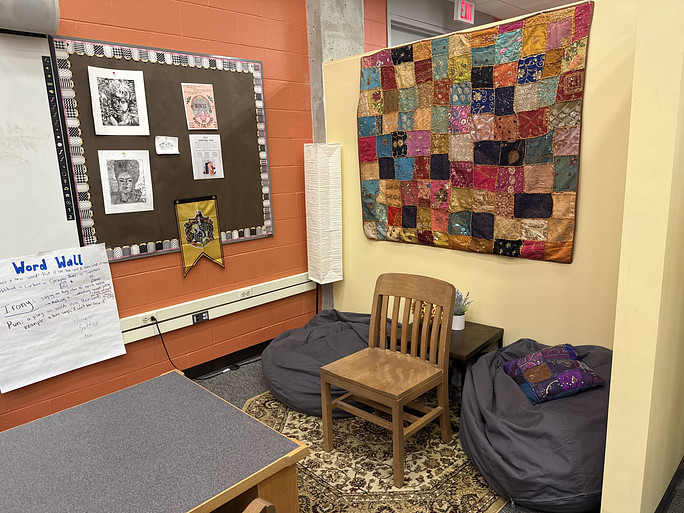Ebola; such a small word for a big disease that has infected the lives of many residing in Africa. Ebola is a rare hemorrhaging (causes mass blood loss) disease that is currently out of control in West Africa. From 1976-2013, there has been a total of 1700 fatalities from the disease. However, this year the outbreak has been tremendous, a total of 2,246 deaths by Aug. 31, 2014, which is by far the biggest outbreak in history. Without further aid to the victims, the number can reach 1,000,000 in the next 12 to 18 weeks.
The first outbreak of the disease was located beside the river Ebola, in the Democratic Republic of Congo (DRC) in 1976.
Dr. Petr Piot of Antwerp, Belgium, received ebola blood samples in ice from victims in the DRC by post, in 1976, prompting him to visit some Belgian nuns in charge of a hospital in the DRC where there were no doctors in practice.
In said hospital, caregivers were washing and reusing syringes because they had no health supplies to replace them. Dr. Piot named the virus from the river it was found by.
The realization that ebola could be an effective biological weapon ensured that doctors from various nations sought and secured a vaccine. The U.S., Canada and Russia were engaged in harvesting the antibodies from ebola survivors, so that a successful vaccine could be made against ebola.
Dr. Kobinger, residing in Ontario, Canada, developed a vaccine for the rare virus using antibodies from the survivors in the 1976 ebola outbreak. Perversely, any alteration of the genome may have generated a deadlier ebola subspecies. These countries that harbored ebola were kept in secure locations so that doctors could create vaccines quickly.
Currently in Monrovia Liberia, the virus is fully out of control. Many victims die at the gates of the hospitals because there is no rooms or beds for them. In West Africa, there is only one doctor to every 71,000 patients. In Atlanta, Georgia the CDC (Center for Disease Control) is monitoring the outbreak, and has recently sent a team of physicians to Senegal, West Africa.
Statistics say that each ebola victim generates at least one more victim. The doubling time for ebola is now down to four weeks. Within a month the doubling time will be down to seven days. The current number of ebola victims – over 2200 – will double to 4,000 in one month, then to 8,000 and then 16,000 as we reach a 7-day doubling time. However, if we get more medical assistance, the doubling time will slow. Even then, the victims could raise to 1,000,000 within the next few months with hundreds of doctors working on the patients.




